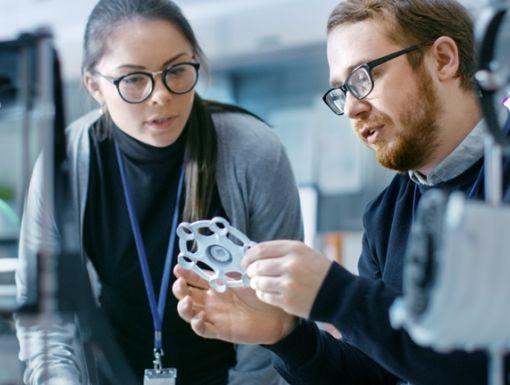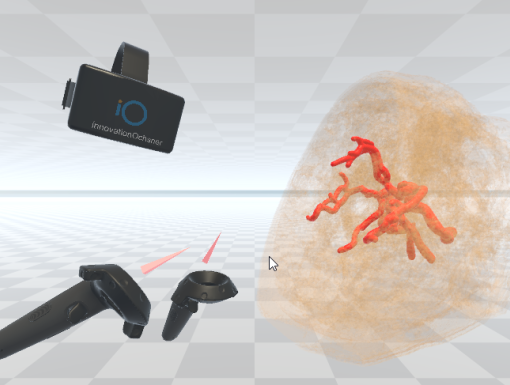
4 Ways Immersive Tech is Changing Healthcare
AR. VR. 3D. No, we aren’t speaking in code. These are the new immersive technologies changing the landscape of healthcare.
Immersive technology is continuing to grow both in the gaming industry as well as other fields like medicine, gas and energy education and retail. As adoption rates and technical capabilities grow and costs decrease, we will see a significant increase in the number of ways physicians can use this technology to help improve medical care and the patient experience.
Here’s four ways immersive technologies are changing the healthcare space.
Enhancing Patient Education
Dr. James Kalyvas, a neurosurgeon who specializes in complex spine deformities, has used virtual reality (VR) and augmented reality (AR) for surgical planning and patient education.
Ochsner’s m3D Lab has a process that can transform a series of slices from two-dimensional MRI and CT scans into a 3D image that can be placed into VR and can also be overlaid into real-world settings using AR technology.
The 3D images also allow patients to better visualize their individual pathologies, provide a better understanding of why they are experiencing certain symptoms and illustrate how the surgeon plans to address the problem during the procedure. There is growing evidence that these tools can make procedures shorter and safer.
Advancing Surgical Planning
Adult and pediatric hepatobiliary (liver transplant) surgeon Dr. John Seal has used virtual reality for pre-operative planning.
Like 3D prints, VR can be manipulated to give a more intuitive picture of pathology. These tools can facilitate the planning and preparation of surgeries before they happen. VR allows for quicker turnaround than 3D printing physical models. In fact, post-processing and VR applications allow for immediate visualization of models in VR.
Improving the Patient Experience
Alec Slayden, Immersive Technologies Developer, is currently spearheading numerous projects aimed at improving patient education and patient experience.
One project investigates the role distraction therapy can play in improving patient pain scores and overall mood while in the hospital.
Developing a virtual reality application that allows patients wearing a VR headset to immerse themselves in a virtual environment and perform tasks (i.e. skipping rocks on the lake) should help with pain management especially in pediatric and oncology patients. Furthermore, distraction therapy has been shown to help reduce the use of narcotics in patients with diseases that are associated with pain like sickle cell anemia.
Taking Training to New Heights
Dr. Jeffrey Coote, recent graduate of University of Queensland-Ochsner and current m3D lab research fellow, has begun a study investigating the benefits of AR assistance in medical student lumbar puncture (LP), commonly known as spinal tap, training.
Medical students do not get many opportunities to practice LPs during their clinical rotations but are still expected to perform these important diagnostic procedures immediately after beginning their residencies. The hope is that AR-assisted procedures will be the norm in the future and will give students valuable training for their careers in medicine.
Ochsner’s investment in this technology shows both its forward-thinking approach to healthcare, dedication to medical education and most importantly, its commitment to empowering patients and providing them with first-in-class care.
Much of the research being done in these areas would not be possible without multiple doctors, including Dr. Sarkar, who are putting technology at the forefront of care.


